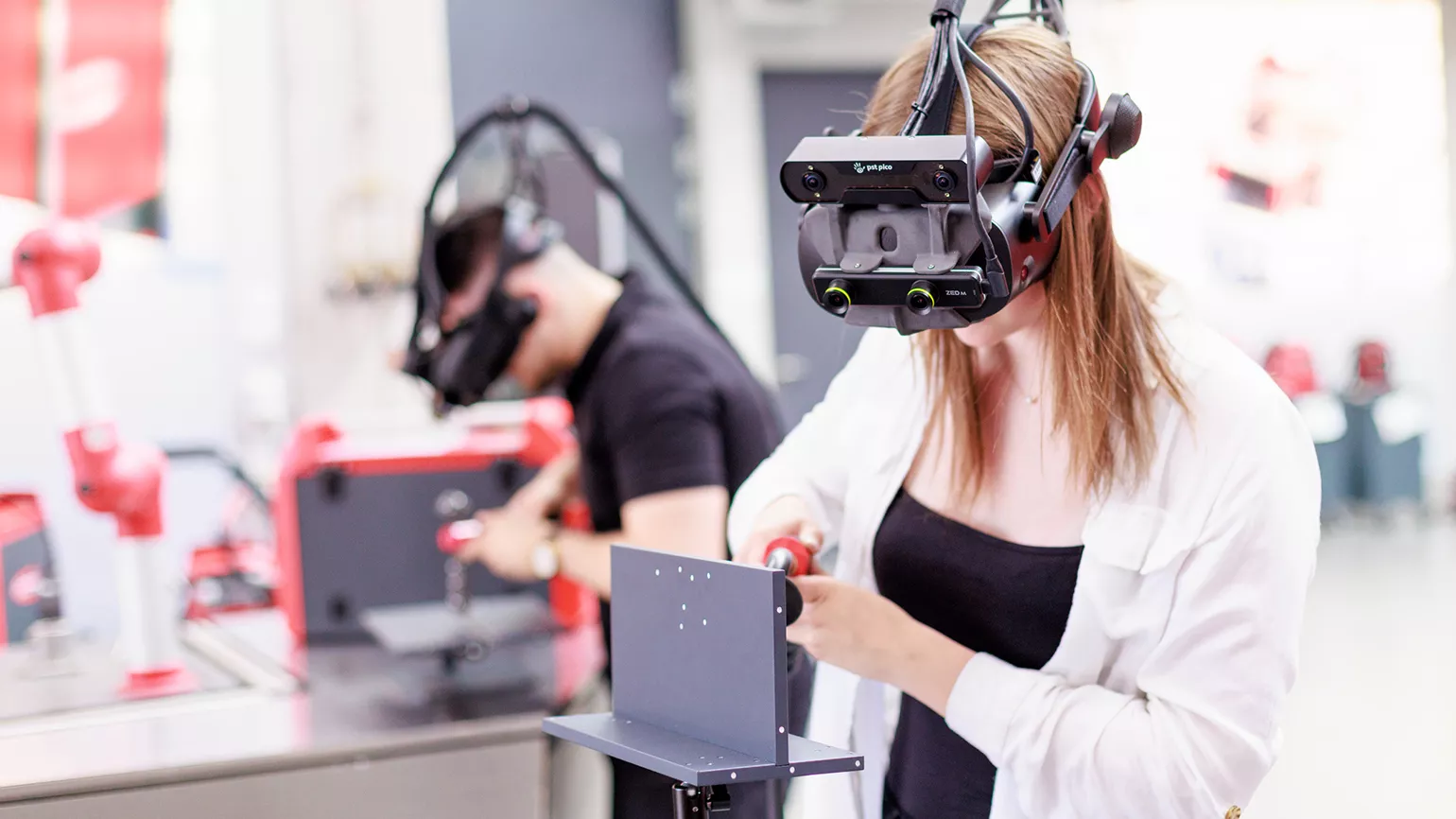Ergonomic welding
a contradiction in terms?

Whenever series production is not a consideration, welding is frequently carried out by hand. Welders often work in positions that strain the joints and muscles, for example when welding while forced to adopt awkward postures. This results in complaints such as sprains of the lower back or arms, which not only affect the health of welding professionals, but also come at the expense of the company’s productivity. Companies are therefore increasingly focusing on ergonomics during welding.
What is meant by ergonomics?
Ergonomics has several meanings, one of which is quite literal: the term is derived from the Greek words “ergo” and “nomos”. “Ergo” means law and “nomos” translates as work. The word ergonomics can therefore be translated as “law of work”. Another significant (and practical) definition of the term “ergonomics” is the mutual adaptation of people and their working conditions. Ergonomists try to design the workplace in such a way that it does not impair the physical or mental health of workers.
The same applies to welding workplaces. These should be designed to meet the physical requirements of welders and enable predominantly concentrated work that does not cause fatigue, for example by taking the height or arm reach of the welders into account. If workplaces do not satisfy ergonomic standards, the likelihood of sickness, injury, and absence through illness increases. Of course, ergonomic risk factors cannot be eliminated every time and everywhere. This is the case when welders are forced to adopt awkward postures, for example, whereby the aim must be to limit the time that the individual spends in the situation insofar as possible.
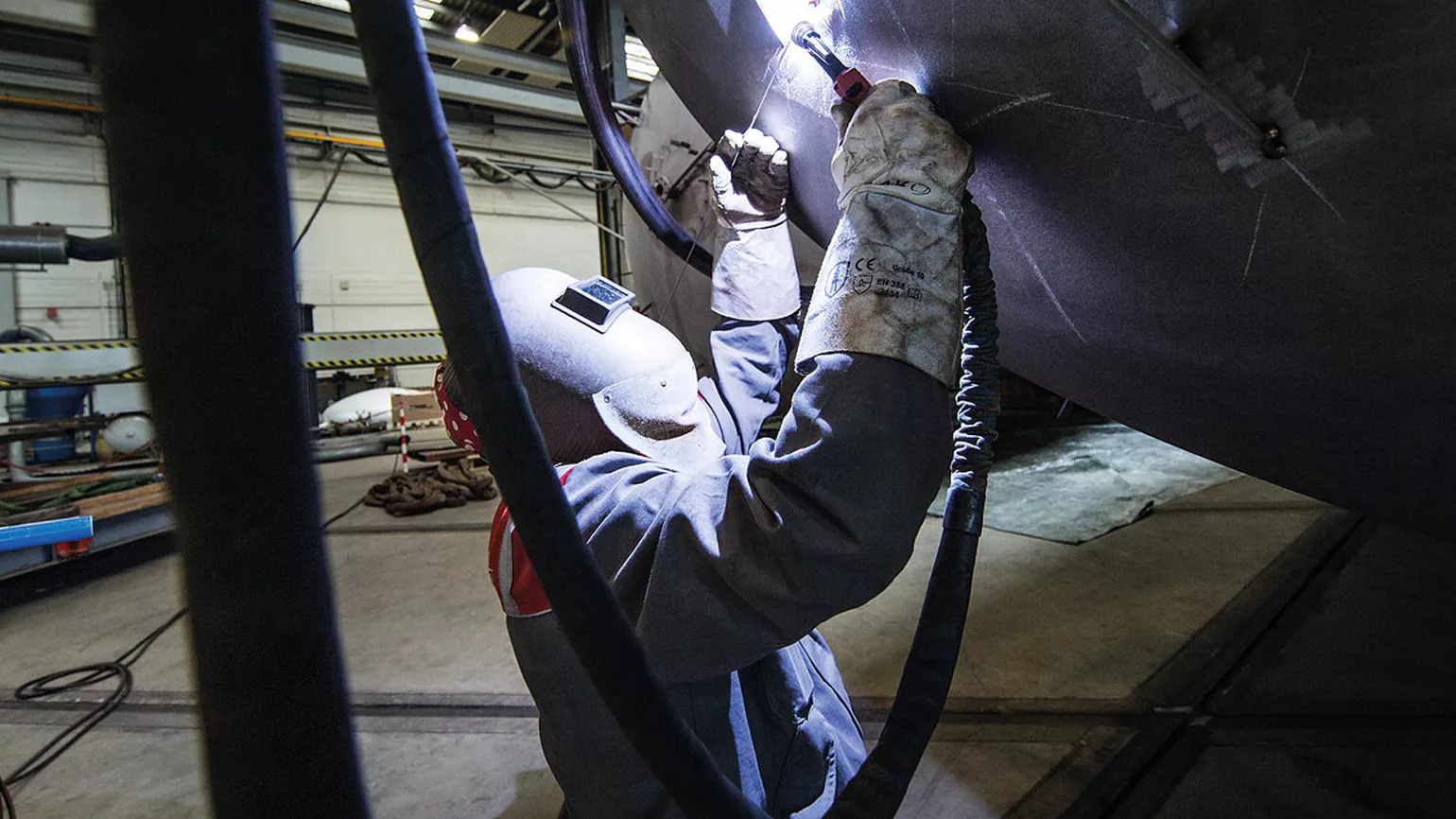
Risk factors when welding
Most causes of injury are not restricted to specific industries, but result from the movement and behavior patterns of welders. Typical here are repeatedly stretching the body, twisting the spine, being supported by or kneeling on hard surfaces, maintaining the same posture over a longer period of time, or a lack of rest. If such risk factors occur repeatedly (individually or in combination) they can lead to work-related musculoskeletal disorders (MSDs), in other words injuries and diseases that affect muscles, nerves, tendons, ligaments, joints, intervertebral discs, skin, subcutaneous tissue, blood vessels, or bones. In addition to the causes previously mentioned, unfavorable environmental conditions such as extreme temperatures can also contribute to the development of MSDs, while personal risk factors such as physical condition, pre-existing illnesses, or age also come into play.
Work-related musculoskeletal disorders in welders
These disorders usually develop as a result of micro-traumas acting on the body over time and causing conditions such as lumbar slipped discs – the most common herniated discs due to the overall weight of the spine sitting most heavily on the two lower discs. These intervertebral discs consist of flexible, annular cartilage that contains semi-liquid gel. If a welder repeatedly lifts heavy components (and does so while adopting an unfavorable posture), they can degrade and tear over time. This results in the intervertebral disc bulging, pressing on a spinal nerve, and causing severe pain.
The most common musculoskeletal disorders include back injuries, bursitis, inflammation of the tendon and tendon sheath, carpal tunnel syndrome, and thoracic outlet syndrome. This disorder, which can occur due to compression of nerves, arteries or large veins in the neck and chest area, is very painful and can be caused by frequent overhead welding.
Ergonomics and welding are not contradictory
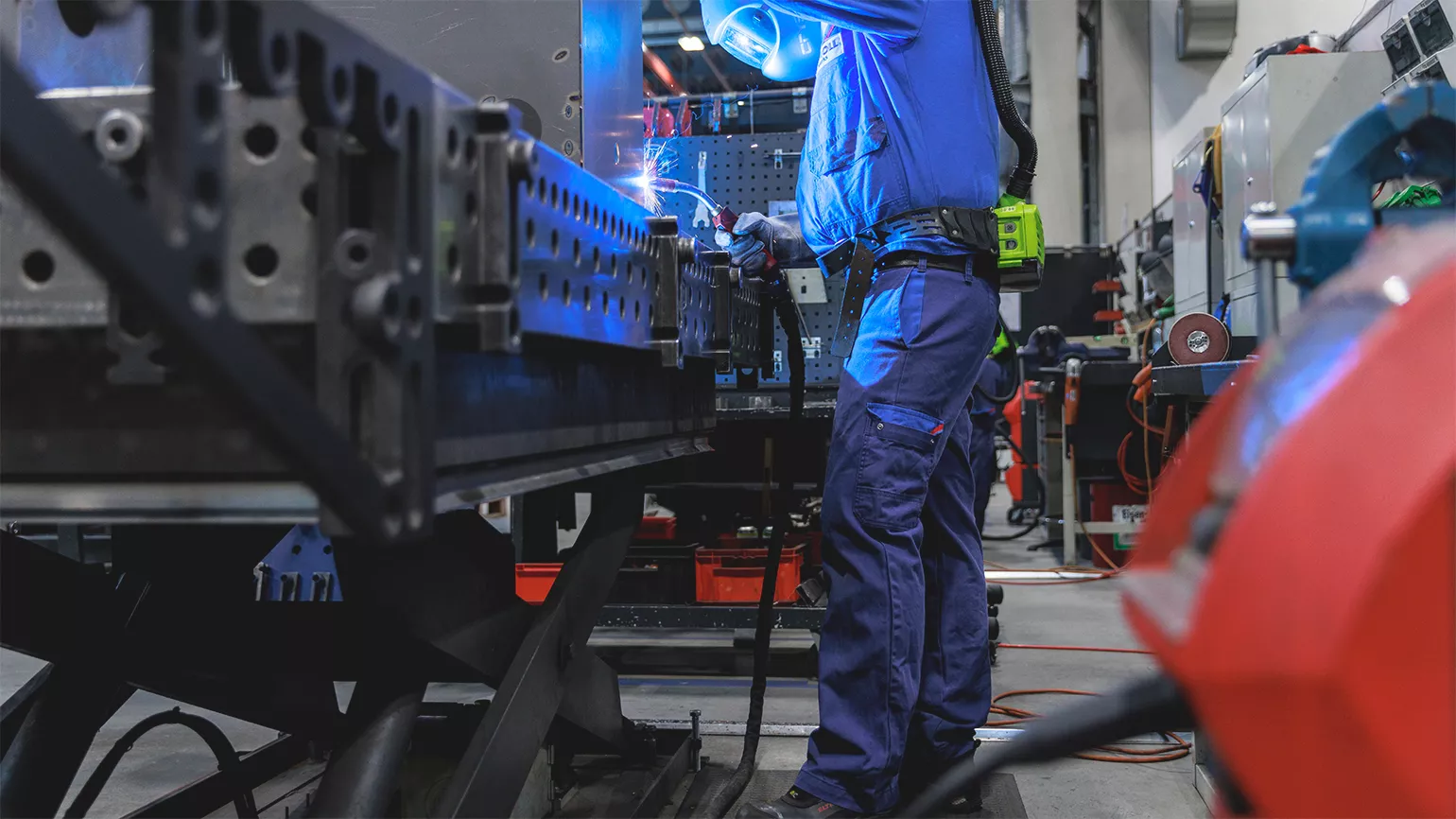
Rather than welding meters of welds by hand in the overhead position, rail-guided welding carriages can often be used. The same applies to longitudinal seams and circumferential welds of large dimensions, which can be joined either with rail-guided carriages or with magnetic welding carriages.
If mechanized systems like these are used, professional welders essentially only have to operate the remote control, while standing upright and with no physical exertion required.
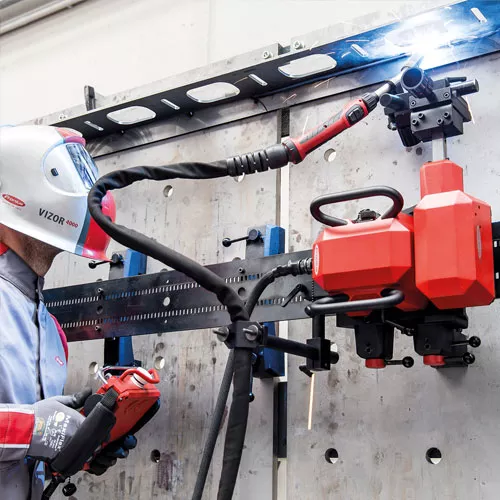
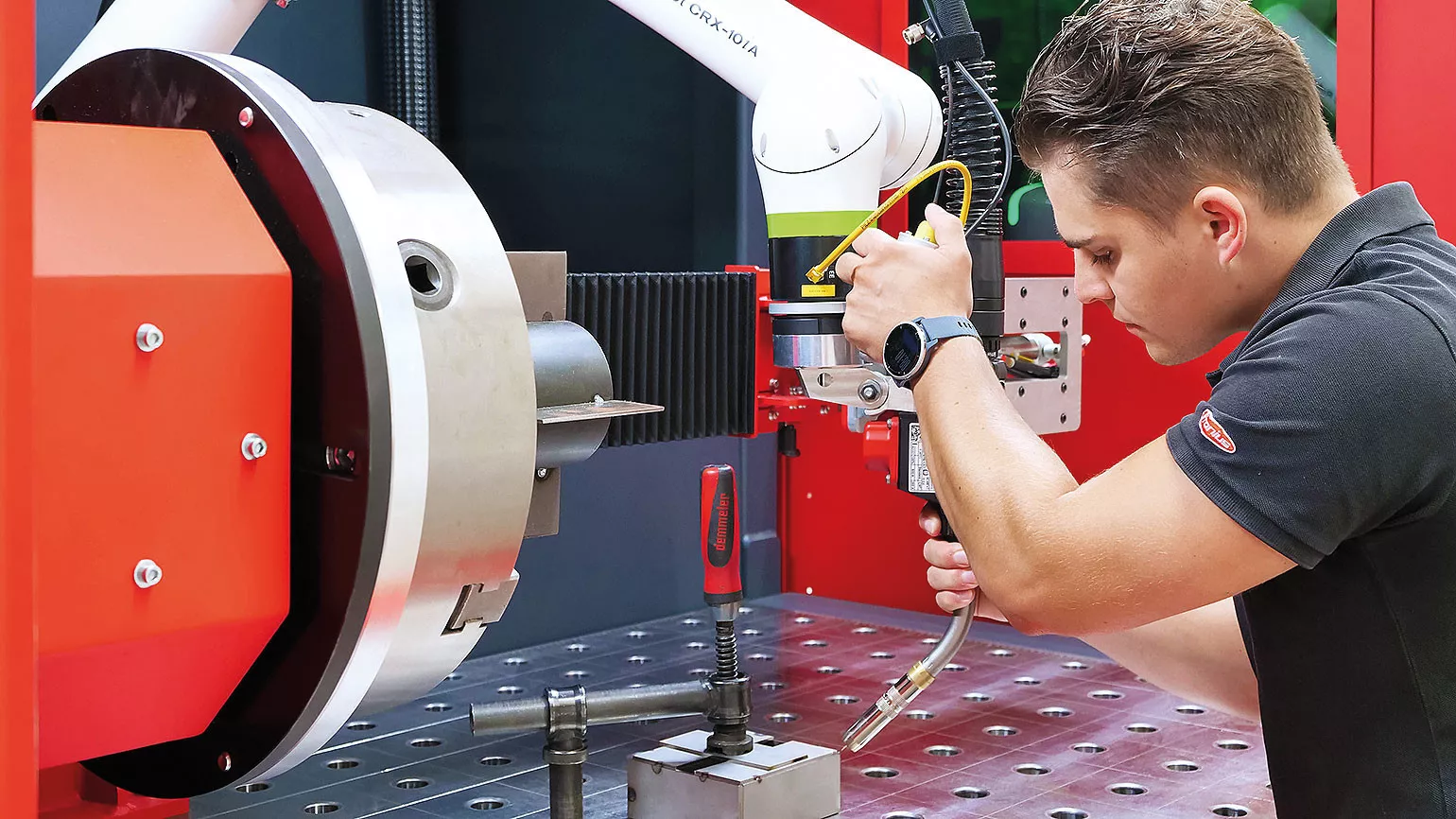
Ergonomics at Fronius
Our products are well-known not only for their technological finesse, but also for their user-friendliness. Our welding torches, for example, are characterized by their low weight, comfortable handles, and user interfaces adapted to the tasks at hand. The ergonomic handles with non-slip components fit comfortably in the hand during welding and allow for safe and simple welding torch guidance, with ball joints facilitating optimum torch adjustment. Furthermore, the weight distribution of all torch components is well balanced, which promotes fatigue-free welding. With options such as a pistol grip, button extension, and heat shield available, our welding torches can be adapted to the personal use and safety needs of the welder.
We also keep usability in mind at all times when it comes to our welding systems. In our compact systems, for example, the wirefeeder is integrated directly into the welding system housing, making them easier to use, especially when it comes to manual welding tasks.
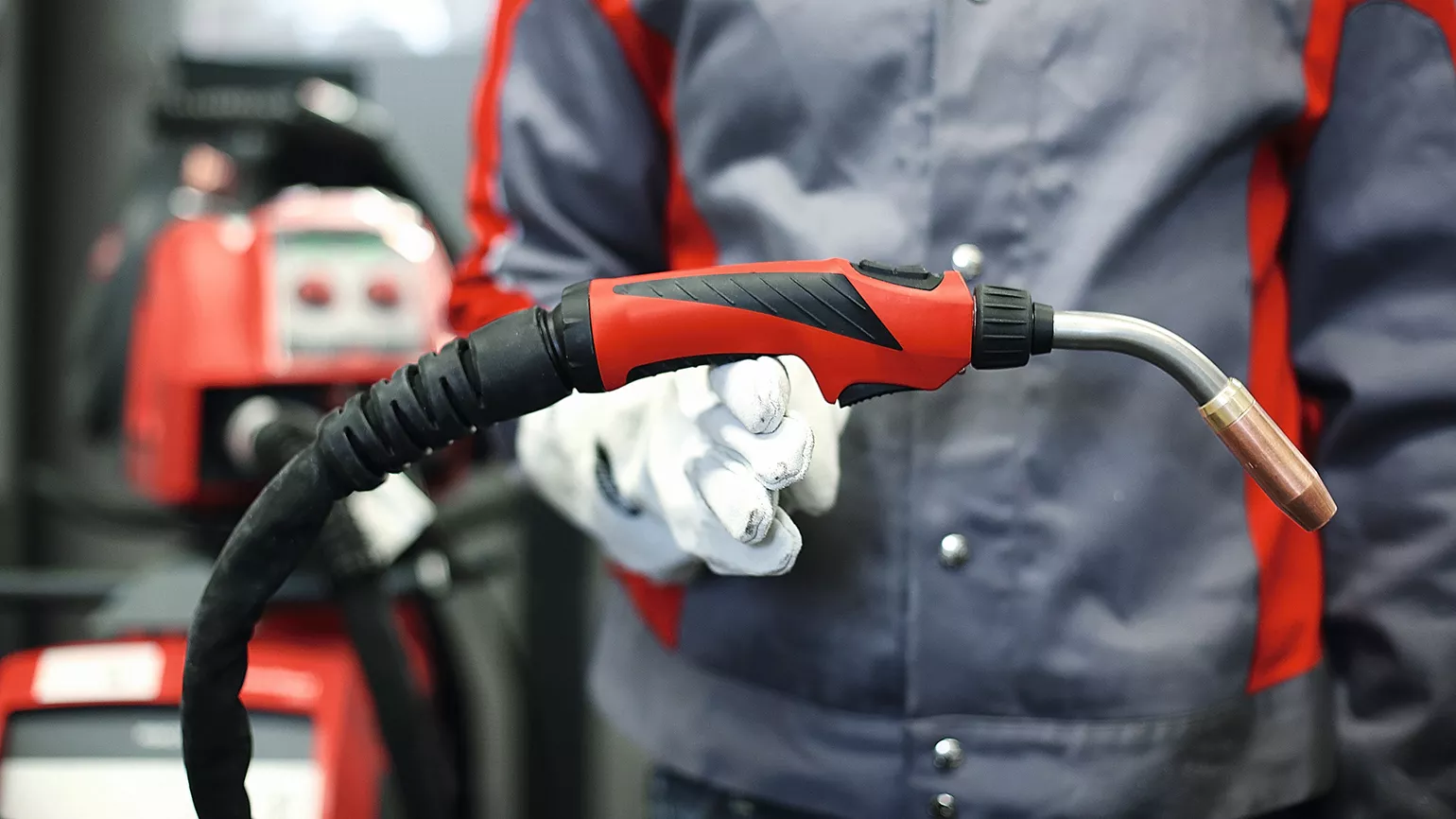
Modularity combined with personal configuration and intuitive operating procedures are the keywords that we always focus on with our welding systems. The easier our systems are to use, the better professional welders can concentrate on the welding task at hand and keep their risk of injury low. Examples here include the systems in the TPS/i, TransSteel, and iWave series, whose touch-sensitive displays and dials are not only intuitive, but also easy to operate while wearing welding gloves.
Of course, we also want to protect the workers’ muscles and spine, which is why our welding systems have customized transport trolleys that accommodate the welding system, cooling unit, wirefeeder, and gas cylinder. Easy to move around, they are better pushed than pulled, because constant pulling has a negative effect on the skeletal muscles.
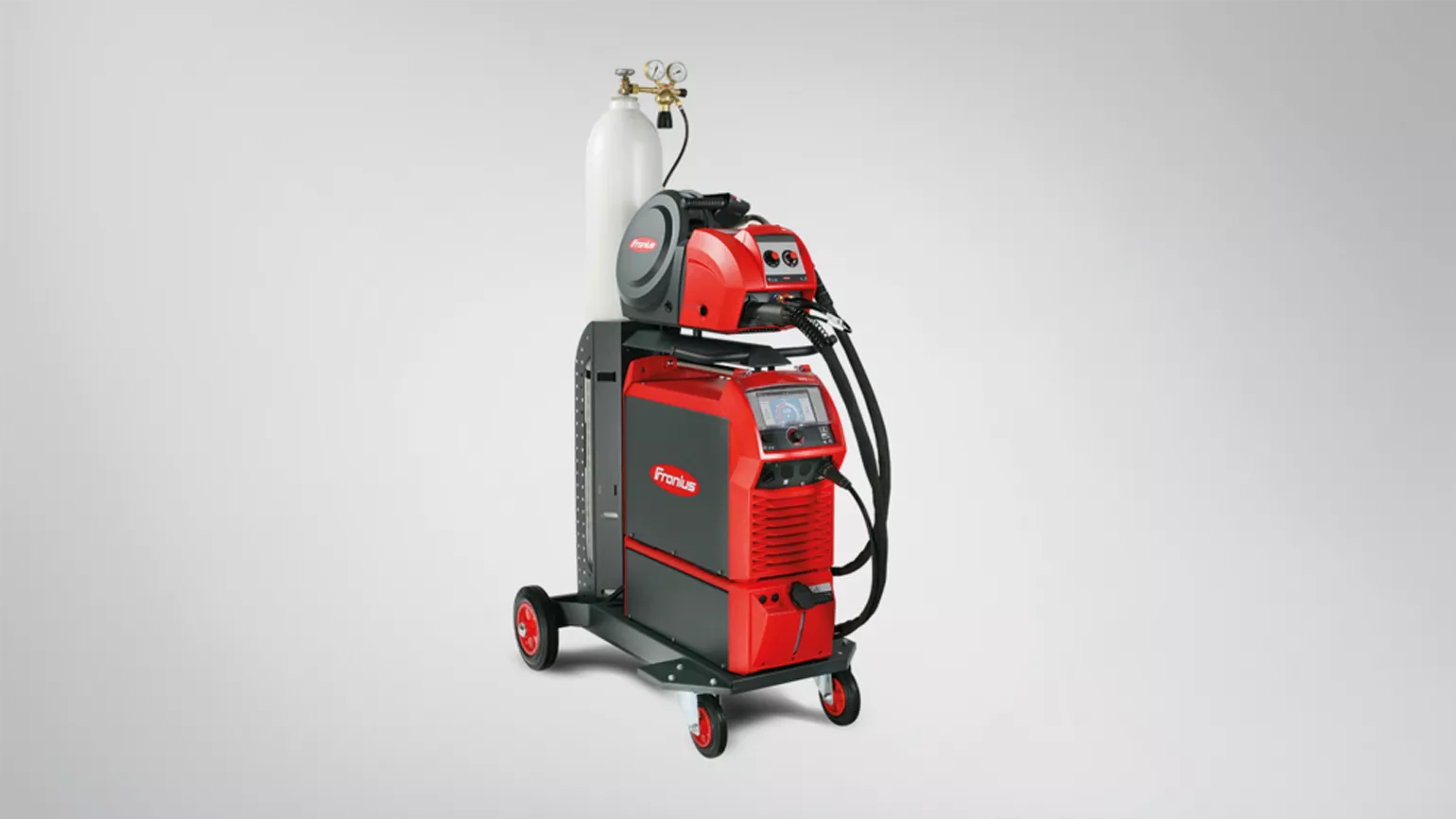
Learning to weld without risking injury
